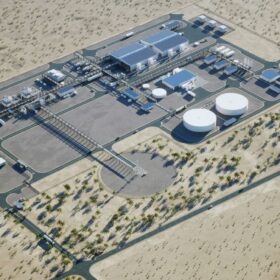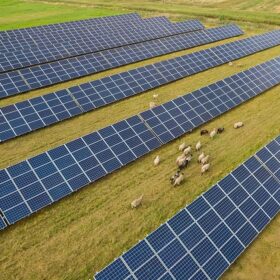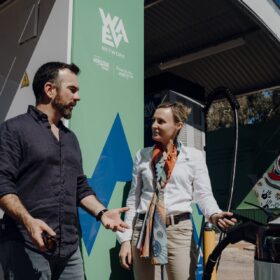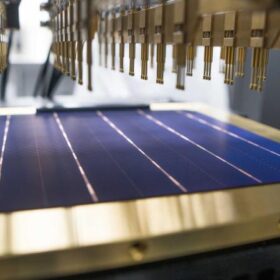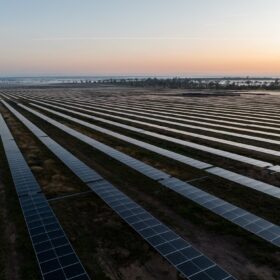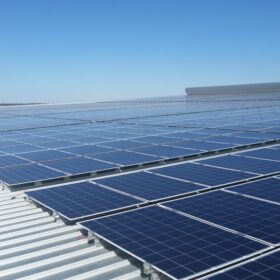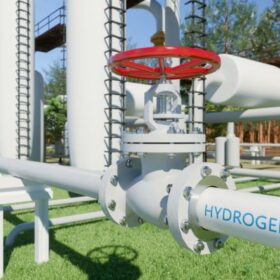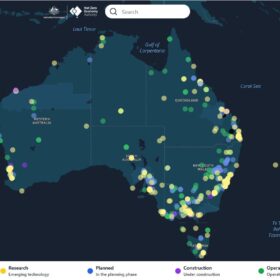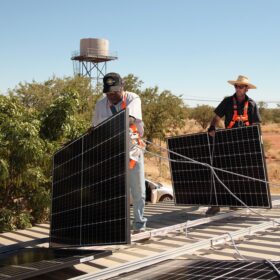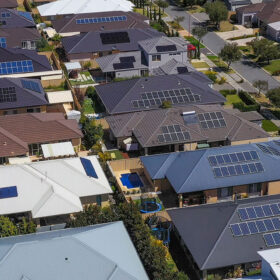Fortescue snaps up ‘fast-to-market’ green hydrogen project in US
Australia’s Fortescue Future Industries has made its first major move in the United States since the passage of the landmark Inflation Reduction Act, outlaying $34.42 million (USD 24 million) to purchase the ‘fast-to-market’ Phoenix Hydrogen Hub being developed in the American state of Arizona.
Harmony looks to accelerate approvals process for 300 MW PV pipeline
The New Zealand arm of United Kingdom-based renewables company Harmony Energy is seeking to accelerate the development of three solar farms that would add almost 300 MW combined generation capacity to the nation’s energy grid.
EV briefs: WA charging network expands; NSW opens grants applications
Western Australia’s electric vehicle fast-charging network continues to roll out in regional areas with the first of eight planned EV fast chargers for the Kimberley now operational in Broome.
ARENA pushes for step change in solar cost and efficiency
The Australian Renewable Energy Agency says solar technology is mature enough and sufficiently cost effective to meet Australia’s 2030 renewables goals but a step change in efficiency and cost is required to support the decarbonisation of hard-to-abate sectors such as industry and transport.
Bowen talks of turning climate ambitions into reality
Australia’s Climate Change and Energy Minister Chris Bowen has announced a major overhaul of Australia’s Net Zero 2050 commitments, while taking aim at the previous federal government’s inaction on climate change.
AEMO reveals roadmap as it seeks to navigate path to 100% renewables in NEM
The Australian Energy Market Operator has released a report identifying the key engineering and operational activities it plans to undertake in the next 12 months to help prepare the country’s main grid to operate with 100% instantaneous renewables.
Queensland identifies 12 renewable energy zones as part of 22 GW clean energy shift
The Queensland government has identified a dozen regions across the state for renewable energy zones that will form the backbone of its $62 billion (USD 41.5 billion) energy transition plan that calls for an additional 22 GW of new wind and solar projects by 2035.
Aldi to install 34 MW of rooftop solar across Australia
Discount supermarket giant Aldi plans to add another 34 MWp of PV to its rooftop solar network in Australia within the next 18 months after announcing that its transition to 100% renewable electricity has received the stamp of approval from the federal government’s Clean Energy Regulator.
Rooftop solar underpins free electricity offer in WA
Western Australian government-owned utility Synergy will offer free electricity to eligible customers in a move that is designed in part to help counter challenges the state’s main power grid faces when rooftop solar generation is high and demand for energy in the system is low.
Consultation opens to help unlock Australia’s renewable hydrogen future
Consultation is now open on the design of the federal government’s $2 billion (USD 1.33 billion) Hydrogen Headstart program that is aimed at bridging “the commercial gap for early projects” and placing Australia on course to develop 1 GW of electrolyser capacity by 2030 through two to three flagship projects.
